In order to write this essay, I first had to sign up for Disney+. I then had to spend one hundred and fifty-four minutes of my life, precious time that I’ll never get back, watching INDIANA JONES AND THE DIAL OF DESTINY all the way through, for a second time.
Why do I tell you this? Am I playing this story for sympathy?
I don’t know exactly how old Stephen Green, The Vodkapundit, is… my Southern Momma, so New Orleans that she can spell Tchoupitoulas without looking it up, taught me that a true Southern Gentleman never asks. But reading through his account of his fan history with the Indiana Jones franchise suggests to me that we must be of a similar age. Because my history with the illustrious Dr. Jones is nearly identical to his. Like Stephen, I too saw Raiders in its original theatrical run, and since then I have lived and died by Dr. Jones’ exploits for four decades.
As for Indy’s latest, and presumably final, adventure… let’s start by acknowledging the obvious: Dial of Destiny is not a good movie, although not for the reasons I expected. I’m certainly no fan of Phoebe Waller-Bridge, and I have no desire to see any trilogy in which she replaces Harrison Ford in the franchise’s lead role, god forbid, but she is not Dial of Destiny’s most critical problem.
Nor is “Wokeness.” There are really only two annoying “woke” lines in the movie, the one that suggests Capitalism is primarily a system based on theft, and the one which accuses Indiana Jones of basing his entire career on robbing indigenous burial sites, both delivered by Ms. Waller-Bridge, natch. You could argue that it was a really bad idea to put both of those eye-rollingly awful lines in the trailer, given that audiences were already primed for another cringey Hollywood political lecture, but Dial of Destiny’s politics aren’t the problem either.
A close friend has a son the same age as my oldest, and we both took our boys to see the movie on opening weekend back in June. Based on the reviews and the trailer, I was pretty sure I was going to hate it, but I loved the idea that I saw the first Indiana Jones movie with my dad in 1981, and now I was going to have the opportunity to see the last one with my own son in 2023.
But it was, just as I feared, a bad movie.
I was walking out of the theater when my friend called me. I picked up the phone and asked “what did you think?” He replied “it was joyless…” and I thought to myself, “damn… that is the perfect one-sentence review.”
What he meant by “joyless” is lazy, rote filmmaking. He meant that the movie prioritized brand management and fan service over thematic coherence and great storytelling. And he meant that the filmmakers took the easy road by playing to the expectations of the audience rather than subverting or exceeding them.
Here in 2024 there is very little joy in the product modern Hollywood is slopping at us across the public school cafeteria counter. There is no wonder, anymore. No amazement. There is no joy in Storyville. No discovery. Only an endless assembly line of amalgamated corporate content, colorless, tasteless and above all, bland, inoffensive and totally unmemorable.
Even that word… “Content.”
Come on honey, let’s get dressed up, go out, have a few drinks, snuggle up and watch some… “content.”
Mmmmm… sexy, right?
Of all the things in the wide world that I know for sure, one of them is this…no Congresswoman was ever moved to get a little handsy with her date in the back of a darkened theater by a piece of “content.”
But back in the days when movies were still “Movies”, Steven Spielberg stood out as a craftsman who labored over every frame of the movies he made.
The three Spielberg directed Indiana Jones movies (here at the Congress we only acknowledge three) were known for their clever and intricately crafted action sequences. The Basket Chase, the Mine Car Run and the Flying Wing sequences come to mind, of course, but there is no more famous or iconic action sequence from the Indy trilogy than the “truck chase” from RAIDERS.
The truck chase isn’t actually a single action sequence, it’s more like a dozen or so smaller action seqences stictched together into one larger coherent whole. Each smaller sequence had its own story elements, from the set-up, to stakes that kept getting ratched up, to a series of small victories countered by setbacks, all building to a final payoff.
It’s the set-ups that are the key to making these mini-sequences work. Spielberg continuously alerts the audience to the dangers Indiana Jones faces, causing them to wonder over-and-over how the hell he’s going to get out of this one. Sometimes Indy is aware of them too, but very often he is not. This helps Spielberg build anticipation which, yes like foreplay, makes the final payoff just that much better.
Contrast the “Truck Chase” though, with the “Tuk Tuk Chase” from Dial of Destiny. In James Mangold’s signature Indiana Jones chase sequence, there is none of Spielberg’s intricate set-up, set-back, denoument craftsmanship. Rather, we get a series of what we call in the horror movie business “jump scares.” Things suddenly appear in Indy’s way, cars crash, things explode, villains appear like magic and are dispatched, but it all has the chaotic feel of messy combat where you have no sense of where anyone or anything is, nor of what the characters need to do to stay alive and achieve their goal.
It feels lazy… as if the script said “INSERT ACTION HERE”, and so Mangold quickly slapped something together just to complete the assignment.
But lazy filmmaking is not the only problem with the Joyless Blockbuster Era, it may not even be the root cause. After all, outside of the “Universes”… Star Wars, Indy, DC, Marvel… visionary directors like Christopher Nolan are still making excellent movies with a Spielberg level attention to detail.
The root problem with the current era of blockbusters is that the movie studios, which were long ago subsumed by multi-national corporations which live and die by their stock prices, are focused on something other than great storytelling.
It’s a bit of a simplification, though not a big one, to say that if you wanted to make a movie in the 70’s, you only had to convince one man… Frank Yablans at Paramount, for instance, or Thom Mount at Universal. But here in the Era of the Joyless Blockbuster, before you can actually physically make a movie, you must convince what is called a studio “greenlight committee” to “greenlight” your movie.
(Above: Studio Chief Griffin Mill is thinking “what an interesting concept it is to eliminate the writer from the artistic process. If we could just get rid of these actors and directors, maybe we've got something here.”)
The modern greenlight committee is composed of not just creative executives, but also executives from a bunch of other departments as well, including marketing, physical production, legal, consumer products and, of late, the local Diversity Equity and Inclusion Officer. These “non-creative” folk will care whether or not the movie is “good” only up to a point… what they’ll care about most is that the movie is something they can easily sell to audiences, that it pushes the proper “messaging”, that it’s something they can make on a sensible budget, or that it can generate multiple streams of ancillary income… preferably all four.
Over time, creative executives trying to get big summer blockbusters made have learned to lean into what the greenlight committee wants… which is to say maximum profitability, maximum “representation” and the need to deliver a “four quadrant product.”
To a large extent, storytelling has become a secondary consideration.
And indeed, Dial of Destiny feels like it was built by a committee of bean counters out of spare parts found in some forgotten storage shed in a far corner of the Disney backlot.
If there is one line that defines RAIDERS OF THE LOST ARK for me, it is Indiana Jones saying “I dunno… I’m making this up as I go.” That line is the essense of Raiders. Spielberg’s most beloved film gave you a sense that literally anything might happen next, and it exists in sharp contrast to DIAL OF DESTINY, which feels rote and predictable and wholly manufactured in all the ways that audiences have learned to hate.
Which brings us, finally, to the movie’s biggest problem of all… the title character, Indiana Jones.
Indy is too old to be doing this, of course, but he’s also surly and morose. He drinks too much, he sits alone in bars and stares into his drink, he’s the old fuddy duddy who yells at the kids to turn down their music, and rather than write “love you” on their eyelids, his students now fall asleep in his classes. And despite that fact that no other human on earth has killed more Nazis in such spectacular fashion, this new Indy is prone to bringing the fun to a screeching halt with maudlin lectures about the futility of war. He has become, in a word, joyless… which is sort of a problem for the title character in the final entry of a swashbuckling adventure franchise that has spanned 4 decades and is beloved by millions of fans.
It’s as if Hollywood’s writers and filmmakers are no longer interested in making sure their franchise characters exit the stage gracefully (to say nothing of heroically). You see the same pattern spread across most of the aging franchise characters that have made, often ill advised, “final” appearances in summer blockbusters over the last decade… from Indy to Luke Skywalker, Han Solo, The Terminator and John McClane.
The one exception to this rule was Pete “Maverick” Mitchell in TOP GUN: MAVERICK. Unlike Indiana Jones, Maverick was portrayed as a man who was aging, but still at the top of his game. He was older, yes… more introspective and unsure of his place in the world certainly, but he was still the best pilot in the Navy and he was still a character who, for all his flaws, was very easy to love.
It’s no accident that Maverick spent the whole summer atop the box office and made a billion and a half dollars. If I had to write a one word review of TOP GUN: MAVERICK, it might very well be… “joyful.”
That’s how I wanted to feel leaving the theater having seen Indiana Jones in action for the last time… and I didn’t get it. That is the heart of Disney’s problem.
If you want to know why Dial of Destiny failed, you can spend all the time you want calling out “wokeness” or “diversity” or whatever other modern Hollywood bugbear you wish, but at the end of the day, you’ll be left with that one final realization… that the last 154 minutes of your life have been entirely joyless.
The Era of the Joyless Blockbuster… short may she reign…
(If you enjoyed this essay and would like to support the work we do here at The Continental Congress, please consider signing up for a free subscription, upgrading to paid or taking a moment to share this essay with a pop culture nerd in your orbit… You might also head over to The Continental Congress Archives where we have more than 60 (!) other essays like this one, with more coming all the time. Thank you!)

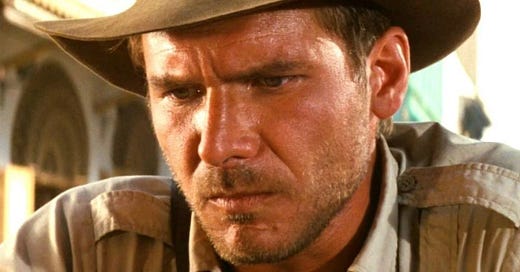


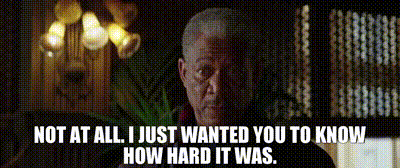

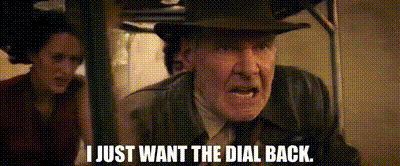
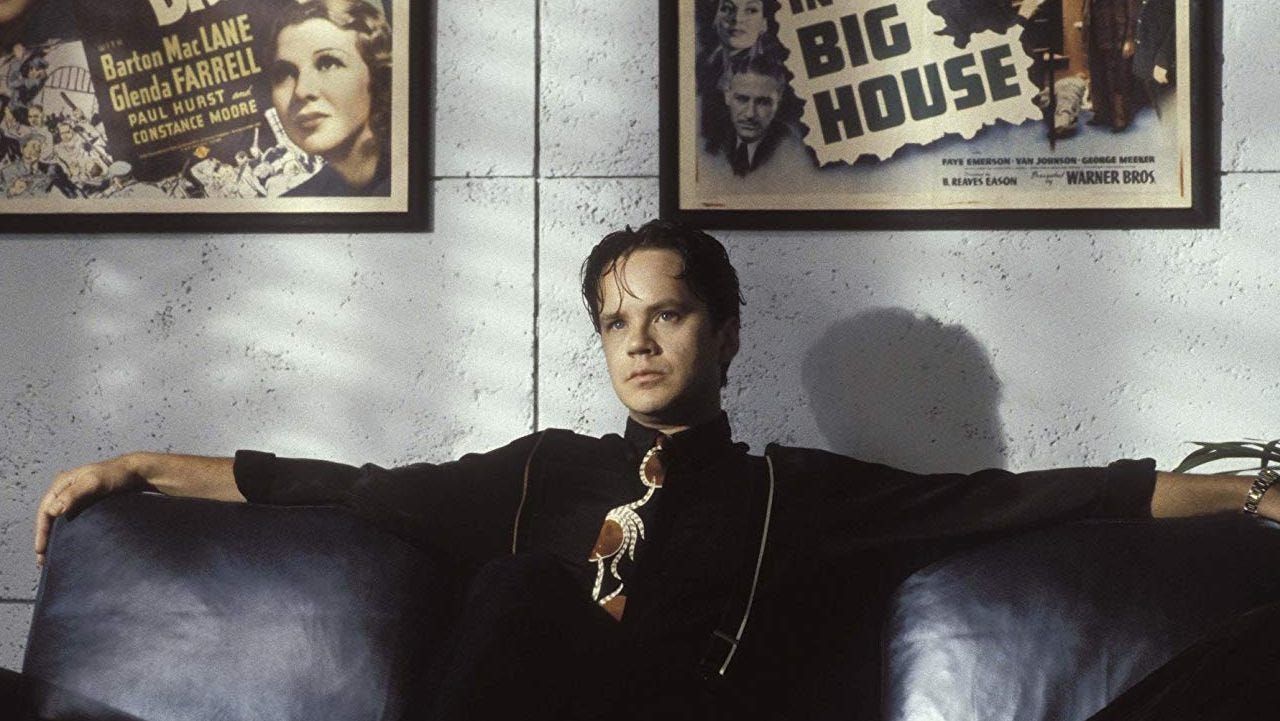
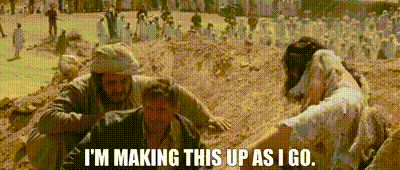

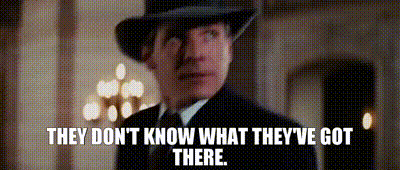
Great essay. I saw Raiders in the theater and we had to be driven back in my parents' station wagon. Joy is exactly right. And attention to detail. I loved the bar shootout in Mongolia. The guns were heavy and the rounds thudded. Beautifully staged. Plus you had a great setup for Marian in the drinking contest, who ends up not being a Mary Sue in a drinking bout with Belloq. Just one of many perfectly crafted scenes, as you have related.
I think it's all in the writers as well as direction. A lot of blockbusters have some top-shelf writing. The world came to love our movies because of what they were. Now Hollywood tries to make movies for the world and the home team rejects them. The world will come to reject them, too.
When accountants run your business, your business is dying, as I articulate in my essay The Bottom Line is Wrong https://frank-hood.com/2025/02/03/the-bottom-line-is-wrong/. I love Mel Brooks' approach to "the suits". He explained in his documentary that he'd just enthusiastically agree to everything they said, "Put a dog in it? Absolutely! Done!" Then he'd just ignore them and do what he intended in the first place. "When the movie's done in 6 months, it'll be all new guys, and nobody will care," he explained.